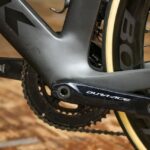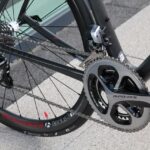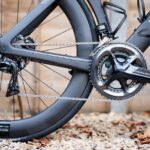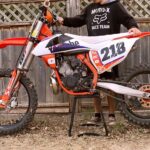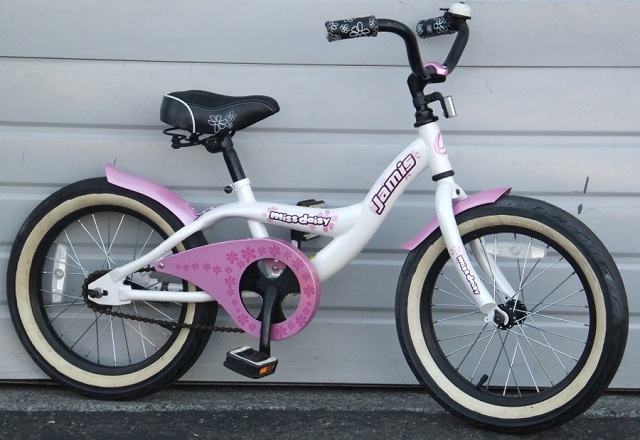
If you ask me, getting to ride my bike around the neighbourhood was one of the most fun experiences growing up. For a kid, learning how to ride a bike opens up a whole new world of possibilities and gives a sense of freedom unlike you’ve ever experienced before. But for a parent, the bike represents just one of the many worries involved in raising a child. What bike is safe for my child? Are training wheels necessary? These, and similar questions, occupy parents’ minds when the time has come for them to buy childrens bike. In order to help simplify your decision, we made a list of some of the things you will need to consider when buying.
Finding the Right Size
Buying a bike for a child is nothing like buying a coat. It’s important to choose the right size from the start and not wait for your child to grow into it. The right size of bike can enable the child to steer it easier and have a greater control. Ideally, the kid should be able to get both feet on the floor for support and increased safety. Since different kids grow up differently, there’s no chart telling you what size bike to get at what age. However, when you buy childrens bike, it’s important to consider the height of your child. According to this, there are 5 bike sizes:
- 10-inch bikes (tricycles and balance bikes) – suitable for children between 85cm and 1m in hight;
- 12 and 14-inch bikes (balance bikes that can turn into regular bikes) – children between 90cm – 1.05 m high;
- 16-inch bikes – children between 1.05m and 1.20m high;
- 20-inch bikes – children between 1.20m and 1.35m high;
- 24-inch bikes – children between 1.35m and 1.55m.
The Importance of the Brakes
While children can use their feet to stop the bike in the early stages of learning how to ride, this is not the safest method when they become confident enough to increase the speed. A hand brake can be a useful bike feature that gives kids more control over their bike. However, you, as a parent, might be worried that your kid will abruptly stop and flip over the handle bars. If the child is too small to master how hand brakes work, then it might be best to purchase a bike with a single speed. But if the child is old enough to understand how different speeds and brakes work, then getting this feature is a really smart thing to do.
Don’t Forget Safety Gear
Obviously, your kid will experience plenty of tumbles and falls in the early stages of learning how to ride a bike. But while you as a parent cannot prevent falls from happening, the one thing you can do is instil a habit in your child for wearing safety gear. This is the best way to reduce the risk of injuries. Along with the bike, make sure to purchase proper safety gear in the form of a helmet, knee and elbow pads.

